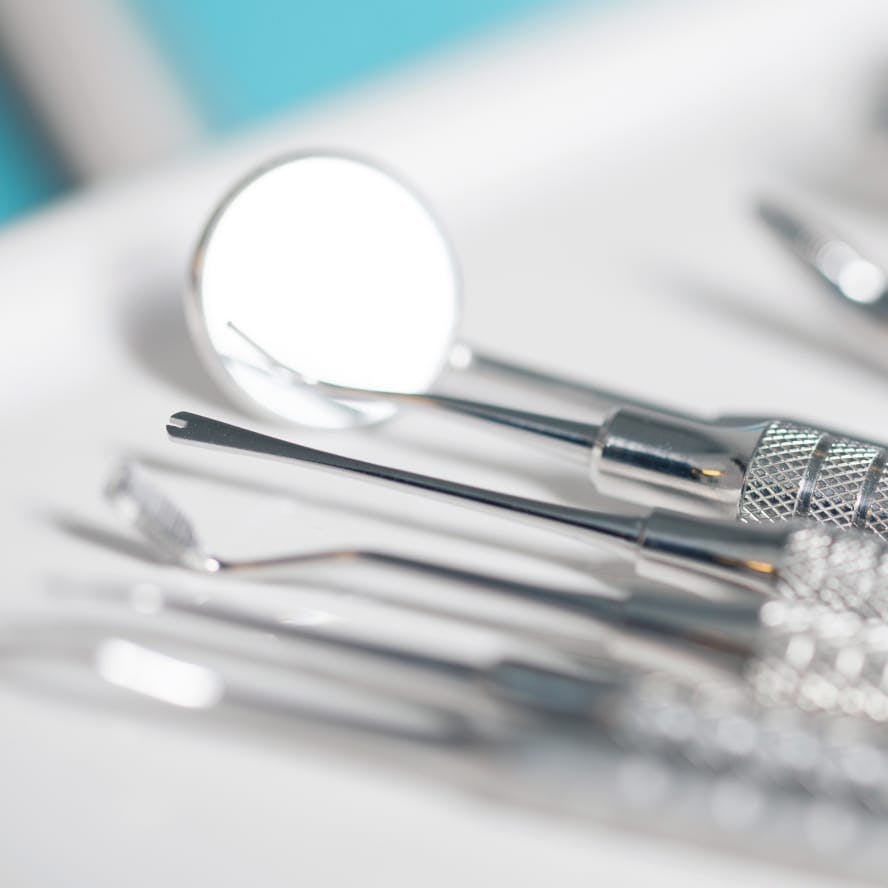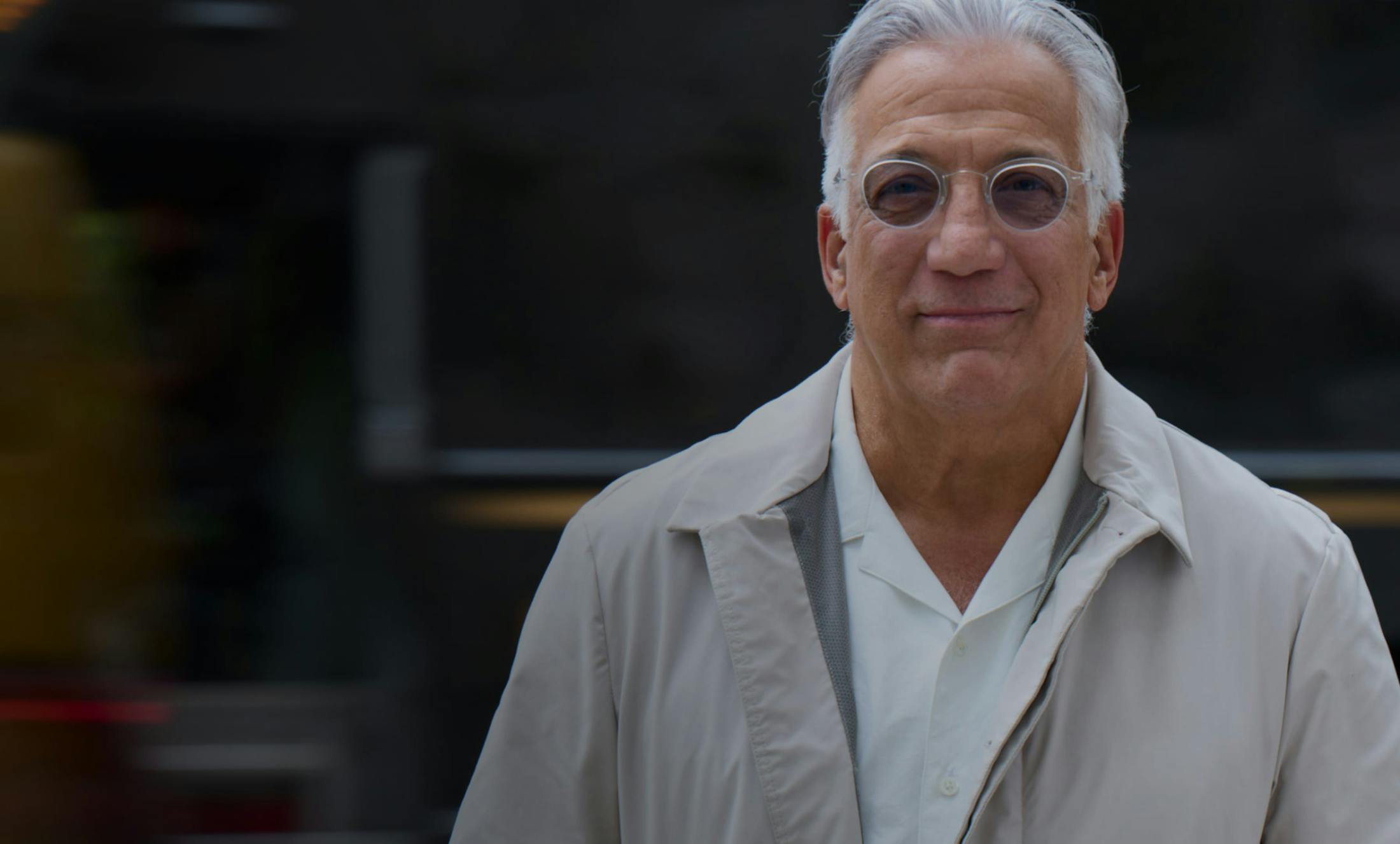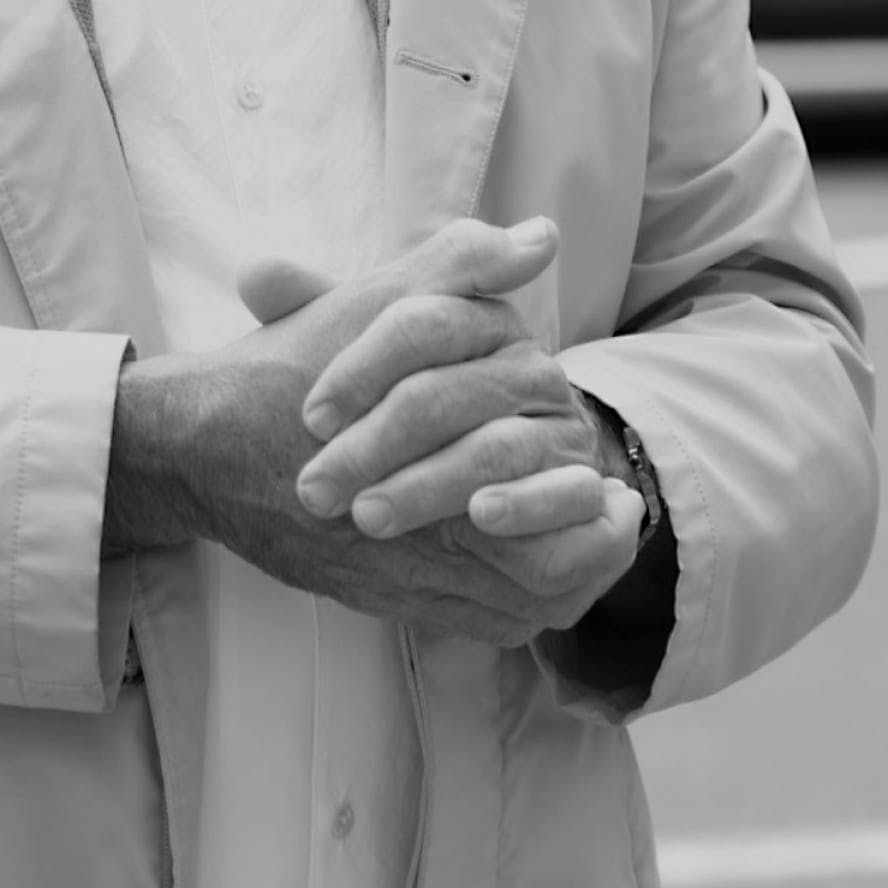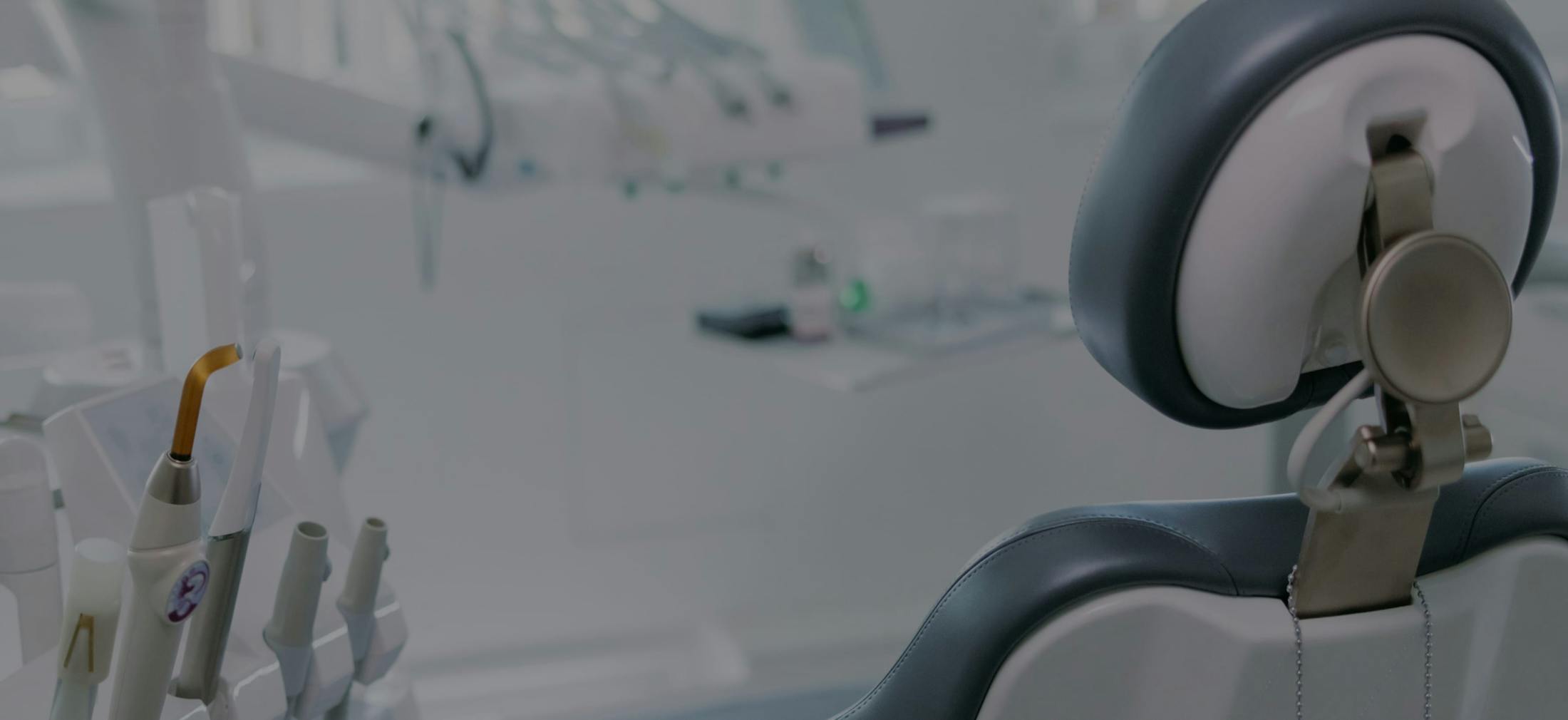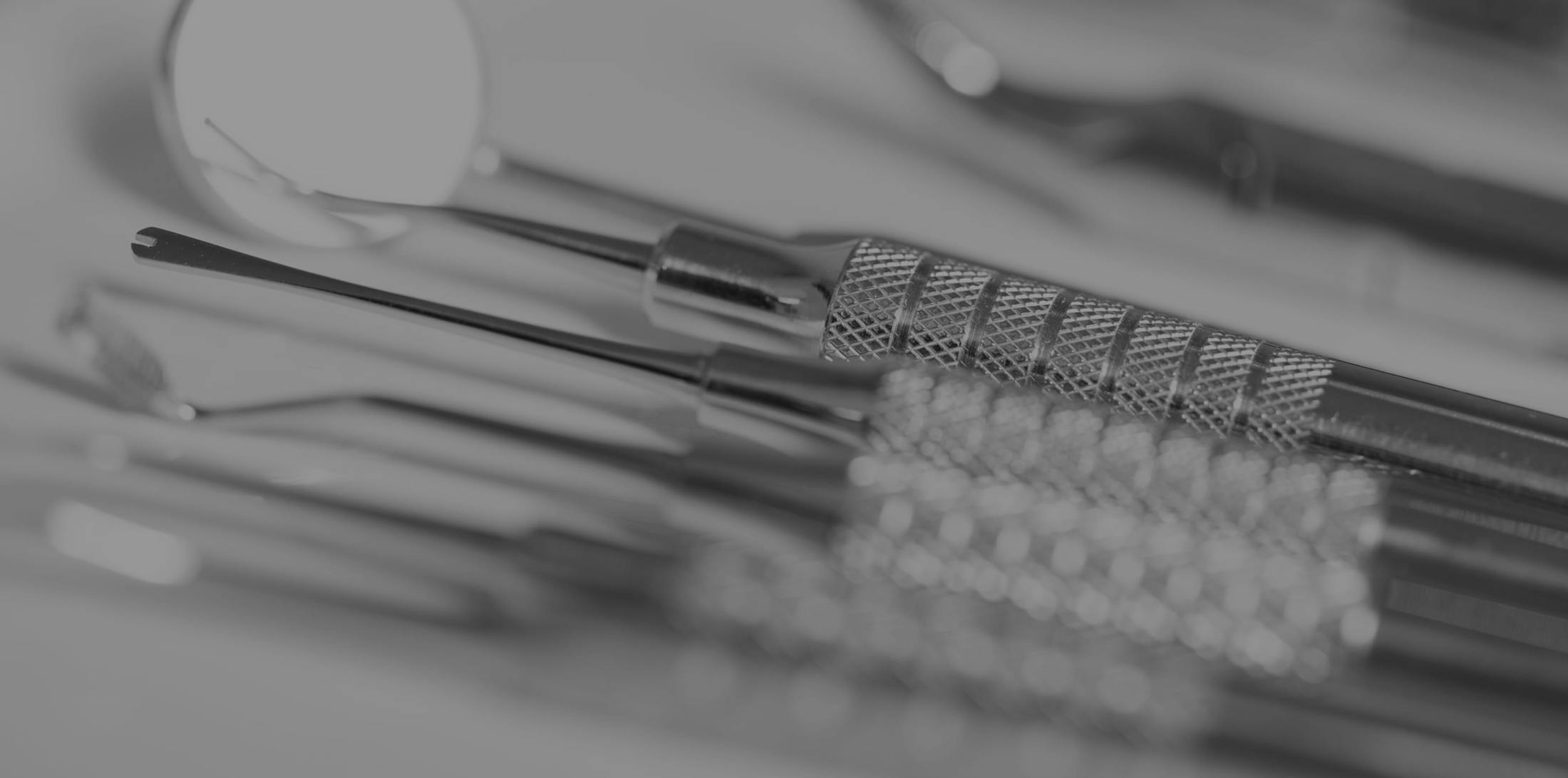Oral Appliances (MAD & More)
Many patients are surprised to find how involved their dentist is in treating sleep apnea. How do dental devices treat sleep apnea? Dental devices treat sleep apnea by temporarily or permanently changing the shape and alignment of the jaw. This may help offset or reverse the root cause of sleep apnea, which is the tongue being much too large to fit in the mouth. Oral appliances for reducing sleep apnea symptoms may include:
- Daytime-Nighttime Appliance (DNA): As discussed above, the DNA helps reshape and expand the upper jaw and soft palate to reverse the root cause of sleep apnea.
- Mandibular advancement device (MAD): This dental device shifts the jaw to expand the airway. It’s a staple for many dentists but is a relatively large and pricey appliance. An MAD must be worn during sleep to support sleep apnea relief.
- Tongue retention device (TRD): Also called a tongue-retaining device or tongue-stabilizing device, the TRD is shaped a bit like a pacifier to stick your tongue in. These devices pull the tongue forward to prevent it from blocking the airway during sleep. Results of a TRD for sleep apnea are similar to an MAD.
- Night guard: A night guard is a specific type of mouthguard used to protect your teeth from nighttime grinding. While this is a less expensive option than the other oral appliances above, a night guard is only a temporary solution. It does nothing to prevent sleep apnea symptoms and simply protects your teeth from bruxism-related damage.
Some of these appliances are more likely to be covered by private insurance and medicare than other dental treatments, as they help treat a medical condition.



